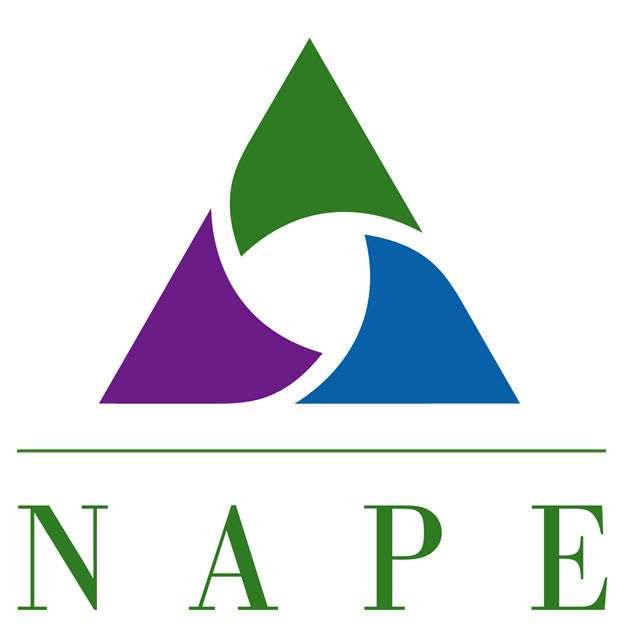Make the Future – NT 4.3.6 Curriculum
Preparation in early grades followed by a high school curriculum of high academic rigor is crucial to ensuring equal opportunity in the sciences at the college level and beyond. A lack of participation in STEM courses has been attributed to bias toward males in curricula (Sanders et al., 1997). Many students and their families don’t understand the benefits and requirements of taking increasingly high-level math courses starting in middle school. Providing this information to families often, early, and in the primary languages spoken in the homes is necessary. It is important that we don’t close opportunities to students from lack of understanding.
A bias-free re-conceptualization of courses leading to nontraditional careers is necessary. Encouraging males to participate in allied health or early childhood education courses opens up opportunities that may have been of interest but felt off limits to the males. “Girls Math Camp” participants reported improved confidence when geometry lessons included drawing and manipulative models (Frost & Wiest, 2007). Respondents to a .html of 1000 female IT professionals named a relevant curriculum as one of four factors contributing to their entrance and persistence in an IT career (Girl Scouts, 2008). Curricular materials need to be relevant to a student’s prior experience (Zuga, 1999).
When checking your curriculum for bias, pay attention to issues such as:
- stereotyping of the career or employees,
- invisibility of gender, ethnicity, and/or (dis)ability within the curriculum materials,
- restriction to a single viewpoint when many viewpoints exist,
- isolating “women’s contributions” or “inventions by African American scientists” to separating sections or indicating that they play but a minor role, and finally,
- using language that perpetuates the myth that only men are electricians or only women are teachers.
A link to a more detailed curriculum checklist is included in the resources available to you at the end of this module and is available on www.napequity.org.


